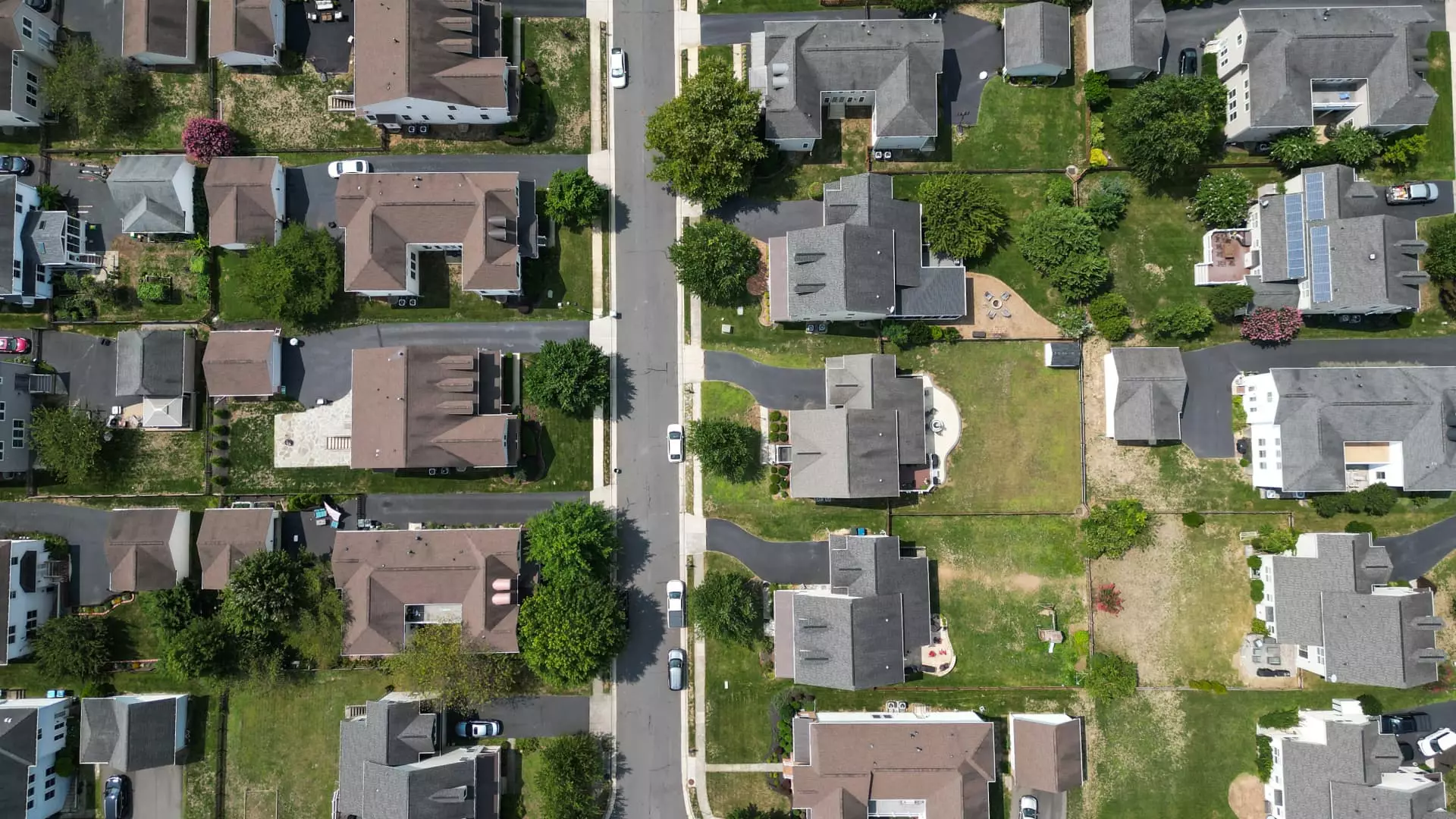Despite the headlines claiming only a modest increase in mortgage applications, the underlying story is far more concerning. Mortgage rates reaching a four-week high at 6.84% undermine the very foundation of affordable homeownership. It’s tempting to dismiss these fluctuations as minor blips; however, history demonstrates that even small upticks in interest rates can have outsized effects on housing affordability. The reluctance of borrowers to massively withdraw from the market despite these increases signals an unsettling reality: many are feeling the pinch, yet the market’s resilience is masking this distress. The stagnation in mortgage demand reveals a fragile equilibrium, where affordability is being eroded, and potential homeowners are delaying or abandoning plans altogether.
The Disconnect Between Market Indicators and Reality
While the mortgage application volume grew slightly by 0.8%, this statistic belies a more complex picture. Refinancing, a critical indicator of consumers’ financial flexibility, declined by 3%, revealing a cautious approach by homeowners who are increasingly hesitant to lock in higher rates. Simultaneously, purchase mortgage applications, though up by 3%, remain 22% above last year, but this year-over-year comparison doesn’t account for the market’s larger trajectory. The sharp fall in purchase loan amounts from $460,000 in March to just $426,700 highlights a decline in home prices, but also signals that buyers are pulling back due to affordability concerns. This isn’t a sign of health; it’s a red flag suggesting that the housing market is hitting a wall, with potential buyers and homeowners alike pulling back from the dream of homeownership.
A Hidden Threat to Economic Stability
The sluggish response in mortgage activity exposes a deeper malaise. High interest rates, which remain stubbornly above 6.8%, threaten to stifle growth in the housing sector—an essential engine of the broader economy. It’s not simply about individuals delaying buying homes; it’s about how a hesitant market influences jobs, construction, and related industries. When mortgage demand stalls, the ripple effects extend beyond real estate, impeding economic momentum. Meanwhile, the optimism in other parts of financial markets, buoyed by governmental and Federal Reserve signals, masks these vulnerabilities. The fact that bond yields are reacting to political uncertainties and potential leadership changes within the Federal Reserve only worsens this ambiguity. It’s a stark reminder that economic stability can be as fragile as the confidence of everyday borrowers—once shaken, recovery becomes an uphill battle.
The Need for Real Policy Intervention
What this situation underscores is the inability—or perhaps unwillingness—of policymakers to address the core issues fueling rising mortgage rates. Should rates continue to rise unchecked, it will disproportionately harm first-time buyers and middle-income families, exacerbating inequality and further destabilizing the housing landscape. Ignoring these signs risks creating a cycle of reluctance, declining property values, and economic stagnation. Instead of complacency, policymakers must pivot towards measures that ease borrowing costs and restore confidence. Without such intervention, we risk locking ourselves into a prolonged period of housing market malaise, with consequences that will ripple through our economic fabric for years to come.

